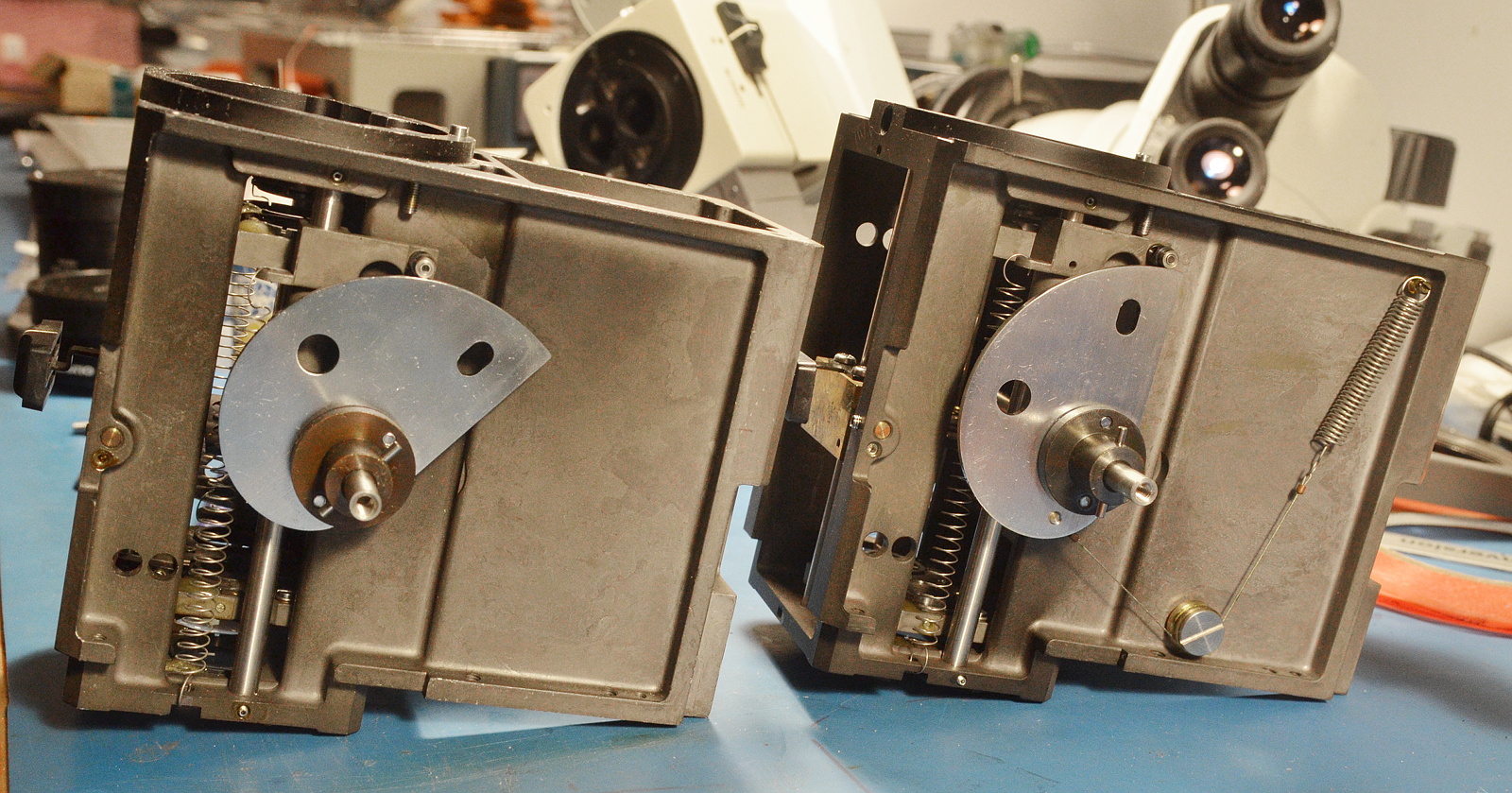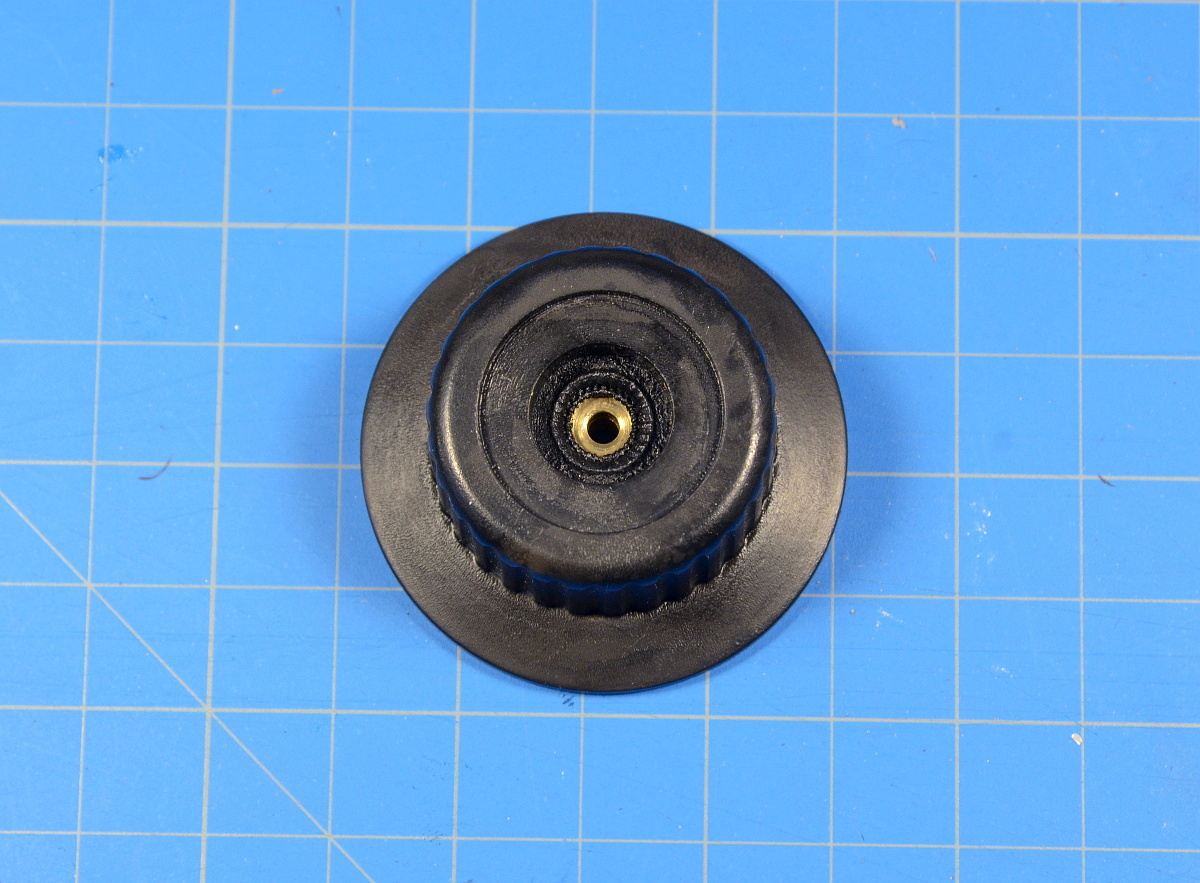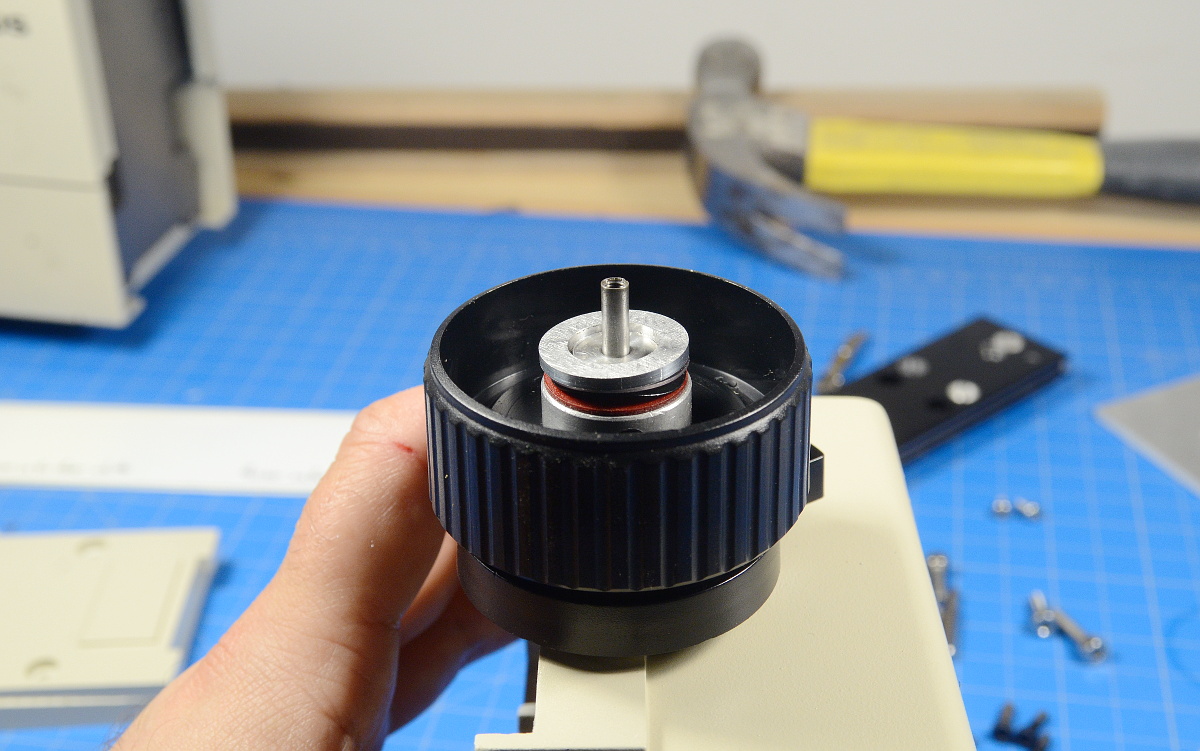The end result of more playing around with the plastic LED
collimaters: they're not going to work well. Dang.
The microscope wants a small diameter parallel light beam, and the
plastic collimaters just won't do that. Even the tight spots
overfocus and overmagnify, and there's no real room for adjustment.
Noq2's approach works because of:
a) brute force: 60W of LED light is the
equivalent of around 350W of halogen light
b) a large die LED (7mm diameter!): that's more like a small COB
In his case it's a 'close enough' approximation to infinity focus
because of the huge die and tons of output. There's enough nearly
parallel light in there along with all the rest to make it work. Most
of the light that makes it into the optical path (which is likely only 5-10%, the beamsplitter doesn't combine much) is just lighting up the
inside of the microscope body, but the light that does make it all the
way through is diffuse and even and nice. Brute force works!
Me, I want as much of the light to be usable as I can get.
So I'm probably back to using lenses. The stock Olympus setup uses
two air-gapped elements with a total focal distance of 11-12mm placed
on either side of a halogen bulb. The bulb filament intentionally
sits just in front of the focal point to defocus the image slightly.
(EDIT: Actually, I'm wrong here; it's just past the focal point in order to produce a focused image of the bulb filament at the point of the iris in the microscope body).

Olympus uses some really nice glass. The first
condenser element is a partial shortpass to filter out some of the
infrared. The second weaker element nearly touches the first and
finishes the collimation job. Two 45 degree front-surface (!) mirrors
direct the light into the beam combiner body.

The biggest constraint on the collimater design is the diameter of the
optical path through the scope, which is a little under 15mm at
multiple points. Opposing that, we want to collect as much light as
possible from the LED into the condenser, which means putting the
lenses as close to the emitter as possible, and so choosing the
shortest practical focal length. Focal length trades off against beam
width; the shorter the focal length, the more the 'image' of the LED
die is magnified and the wider the final collimated light beam.
The original Olympus optical design expands the image of the halogen
bulb filament into a beam of approximately 15mm diameter, matching the
optical path. The Cree XP-L LEDs I'm using have a die almost the same
major dimension as the bulb filament.

A more powerful LED
with a bigger die probably isn't useful if we're going to use a
single-stage collimator. And an XP-L is easily the highest-flux
LED I can get with a die this small.

The XHP70.2 might put out 5x as much light, but if that's over 5x as
much area, it's not a net gain given the constraints (I'm
going to test it anyway, but I don't have high hopes). The big die of
the XHP70.2 isn't a problem for noq2 because he's not using any optics
that magnify its apparent size. He could usefully apply a 15mm COB.
This also means we're not going to improve on the original Olympus
lens choices without going to a more complex beam reduction design
that probably won't fit. (EDIT: Actually, I can probably fit a Keplerian design in there)
I'm going to try it Olympus's way. Given how dang nice those
lenses are, I'm totally yoinking them. And since I'm messing so
much with the physical layout, I want some adjustment ability. Which
means at this point-- I'm most of the way back to my original design.
Oh well. At least much of it is actually built and this has become an
iterative process. A little at a time rather than one fell swooooooop.
So... The next step is making some new lens tubes.
 And mounting the Olympus lenses in them (using nice, reversible, not messy O-rings).
And mounting the Olympus lenses in them (using nice, reversible, not messy O-rings).
 This gives me the lenses at the proper separation in a durable,
flexible package. Now I have to make a tube mount that fits inside
the lighting enclosure.
This gives me the lenses at the proper separation in a durable,
flexible package. Now I have to make a tube mount that fits inside
the lighting enclosure.





 And mounting the Olympus lenses in them (using nice, reversible, not messy O-rings).
And mounting the Olympus lenses in them (using nice, reversible, not messy O-rings).
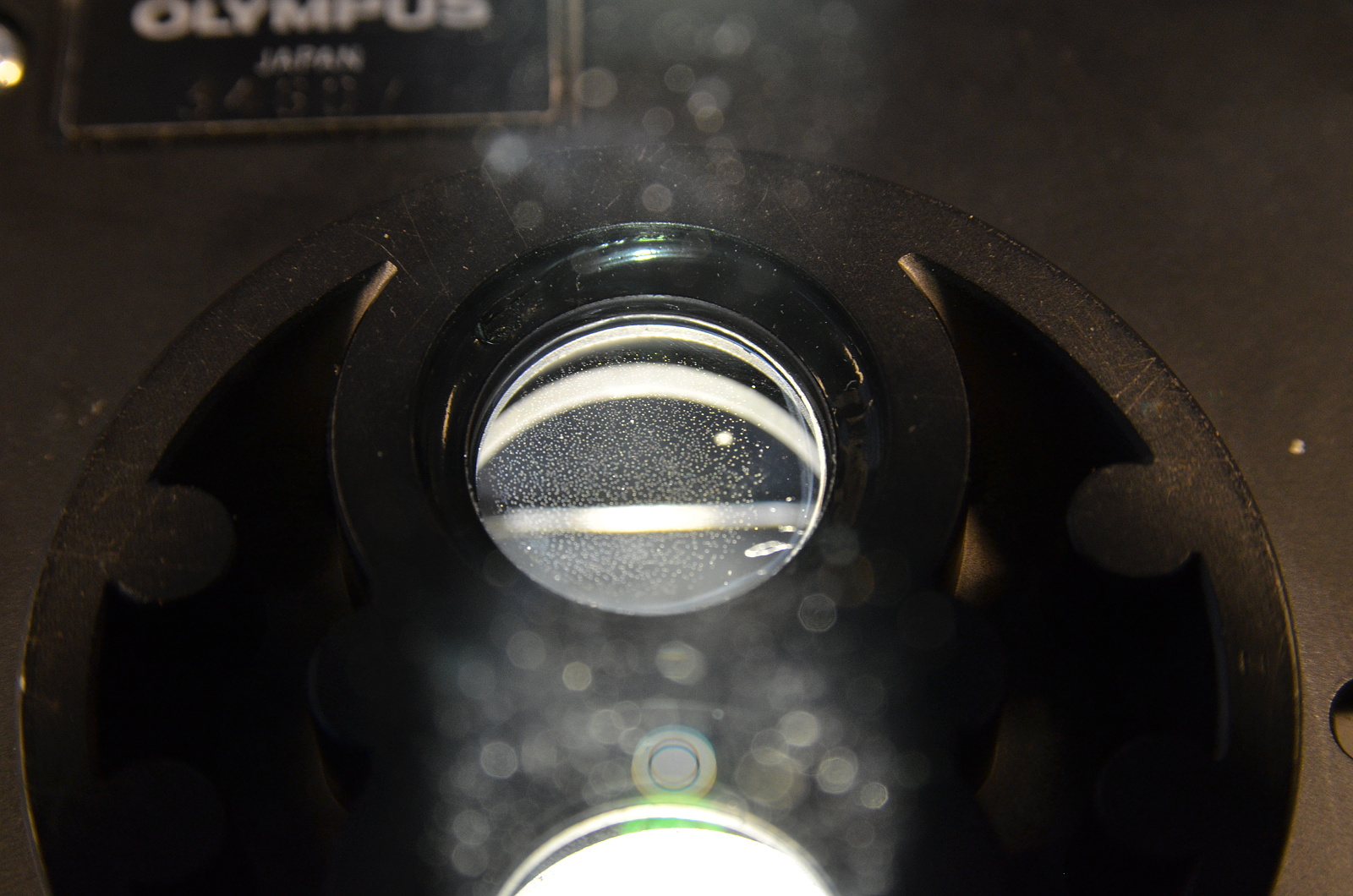



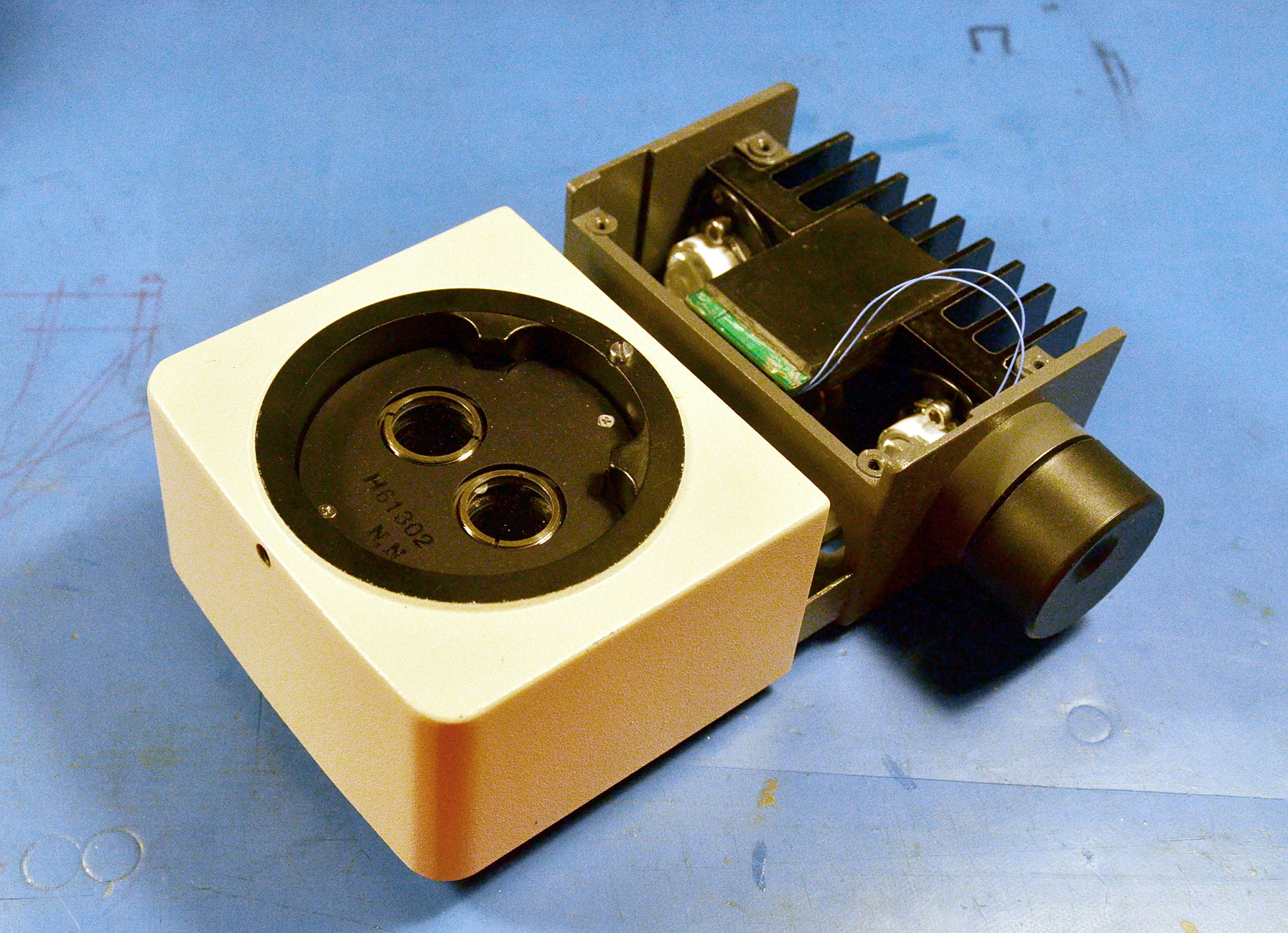





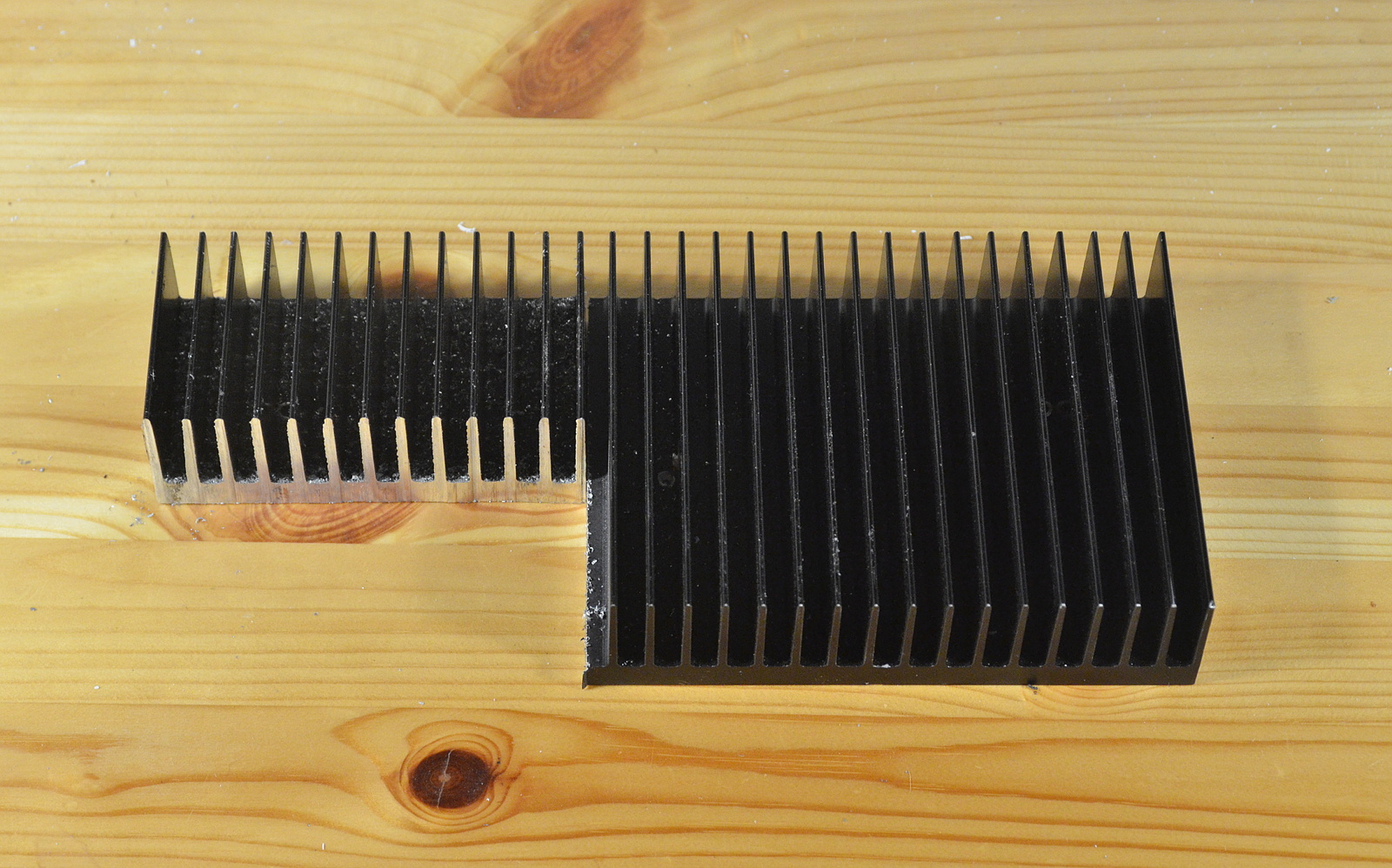

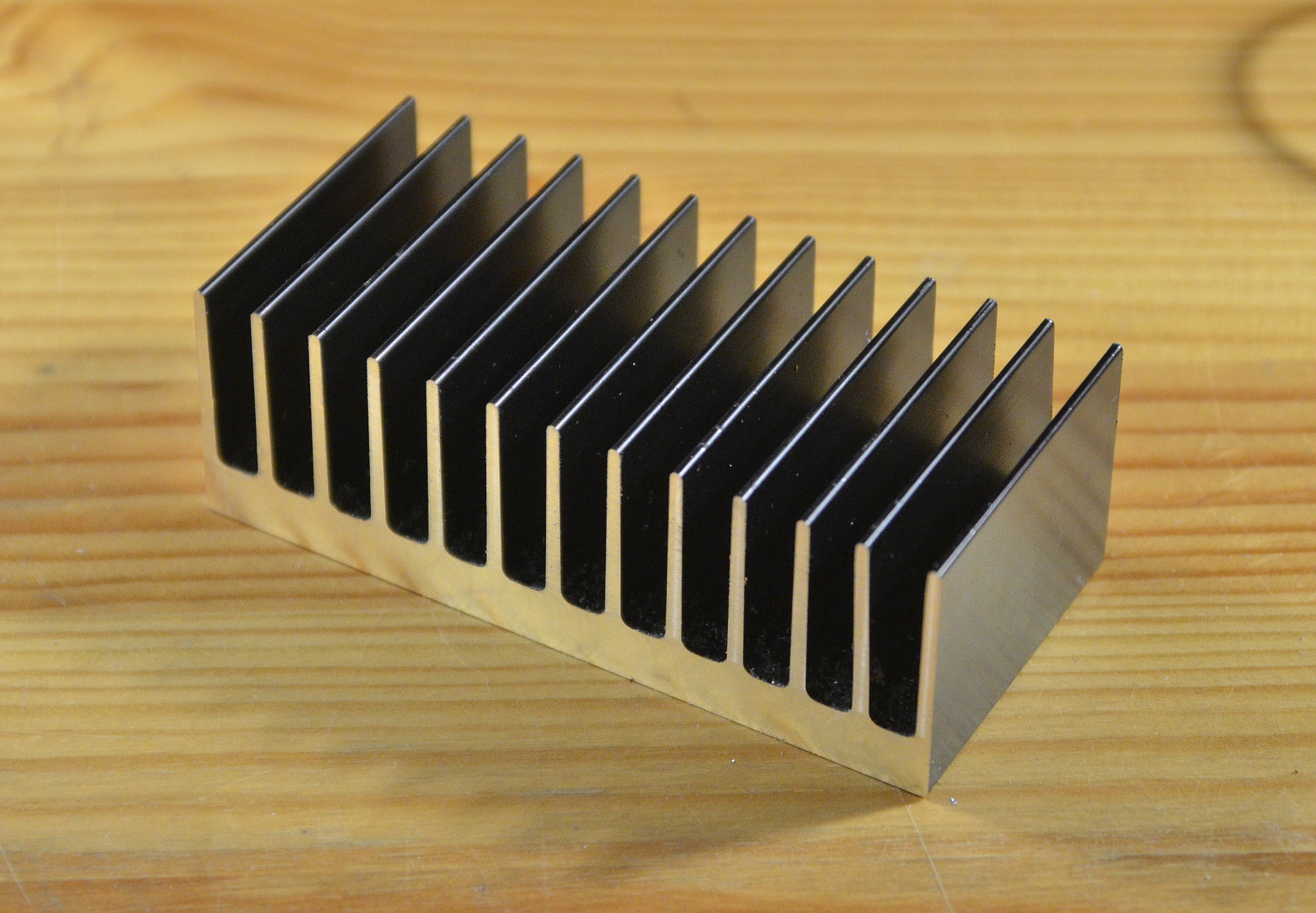
 I want an intensity adjustment knob, so I stole the boss off the prototype I machined earlier this year. Along with bolts, a really nice 11-position-with-detents potentiometer, and
I want an intensity adjustment knob, so I stole the boss off the prototype I machined earlier this year. Along with bolts, a really nice 11-position-with-detents potentiometer, and 
